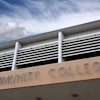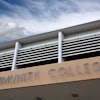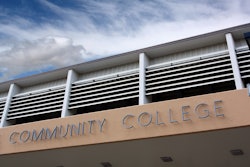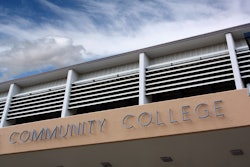
The 11-page report titled, “On Their Own Terms: Two-Year Minority Serving Institutions,” outlines the important role that these MSIs — which include historically Black colleges and universities (HBCUs), tribal colleges and universities (TCUs), Hispanic-serving institutions (HSIs) and Asian American, Native American and Pacific Islander serving institutions (AANAPISIs) — have played in educating traditional and non-traditional age students.
“Given the nation’s changing demographics and it goals for increasing access to higher education, the influence and importance of MSI and community colleges are likely to expand in the community years,” said Thai-Huy Nguyen, a doctoral student in Penn’s Graduate School of Education and the lead author of the report.
Nguyen said that, despite the fact that many of these minority-serving institutions are clustered in areas that have some of the highest incomes in the country, they operate, on average, with “less resources than their four-year MSI and non-MSI community college counterparts.”
In the wake of President Obama’s recent proposal to make community college free for all Americans, Dr. Marybeth Gasman, director of the Center for Minority Serving Institutions and a professor of higher education at Penn, said that two-year MSIs have to be a part of the continuing dialogue about the future of higher education. They have been invisible, she said, for far too long.
“There is a story worth telling,” said Gasman of the two-year colleges that have witnessed unprecedented growth over the past decade. “The incredible diversity within them is indicative of what colleges and universities will look like. They are a microcosm of what the U.S. will look like.”
There are currently 145 two-year AANAPISIs, located across 15 states and U.S. territories. About 13 percent of the nation’s HBCUs are two-year institutions and HSIs, which are largely located in California, Texas and New Mexico, have a part-time student enrollment rate of 64 percent. The overall retention rate among these institutions is about 44 percent, while the report points out that, among two-year tribal colleges, the retention rate is about 36 percent.















